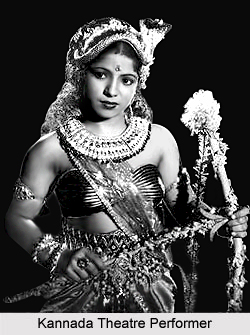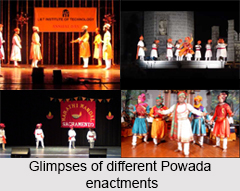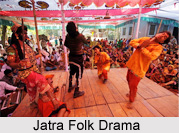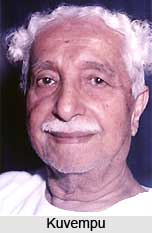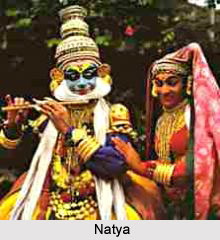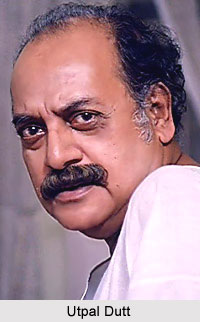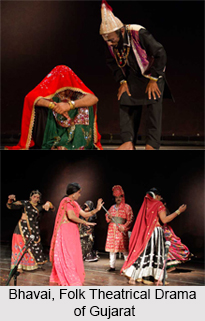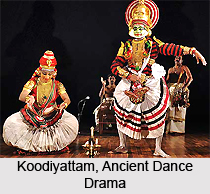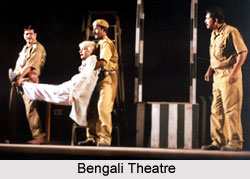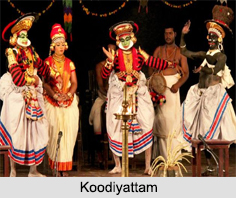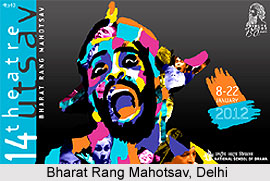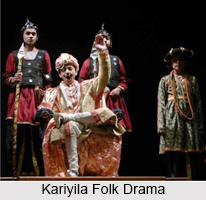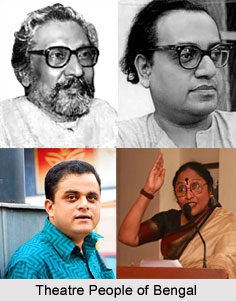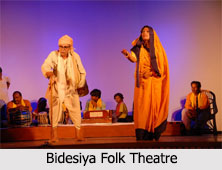 The folk culture of Bidesiya is represented in many forms like musical theatre, dramas, folk songs and even folk paintings. Bidesiya is actually the theatrical style of the Bhojpuri playwright, lyricist, actor, folk dancer, folk singer and social activist Bhikari Thakur. It is after his most famous play of the same title, he uses folk idioms, music, and elements from folk forms like tamasha and nautanki.
The folk culture of Bidesiya is represented in many forms like musical theatre, dramas, folk songs and even folk paintings. Bidesiya is actually the theatrical style of the Bhojpuri playwright, lyricist, actor, folk dancer, folk singer and social activist Bhikari Thakur. It is after his most famous play of the same title, he uses folk idioms, music, and elements from folk forms like tamasha and nautanki.
Etymology of Bidesiya
The term Bidesiya in folk culture usually was an affectionate way of addressing a migrant who has moved far away from home. Thus, the name Bidesiya which meant "of the foreign" came around. These migrants are referred to as bidesiya, pardesi and batohia among other terms.
Concept of Bidesiya
Bhikari Thakur is believed to be the father of the Bidesiya dance style. He raised conflicting issues prevailing in society, like the distinct class difference between the rich and poor, upper caste and lower caste, urban and poor dwellers etc. He used dance as a form to put his views onto ground and among people. His theatre spanned the period of pre independence to post independence era, his ideas were inspired by the intellectual currents that he witnessed in Bengal and the Nehruvian India which was still dealing with caste difference and communal prejudice.
The play from which the folk theatre Bidesiya is inspired of the same name has characters which represent the general human beings than the particular. There are primarily 5 main characters in the play: Bideshi, Batohi, Sundari, Randi and Devar. Each of these characters has their own role to play which depict the various aspects of people"s lives.
Folk Theatre of Bidesiya
The folk theatre form of Bidesiya has originated in the 20th century and has been prevalent in the Bhojpuri-speaking regions of Bihar. Bidesiya is a dance version of Biraha songs and expresses the pain and despair of the women who are left behind by their men, away from home. The male dancers play the roles of female in the Bidesiya folk dance and for the purpose; they wear artificial long hair and dhoti. Despite the fact that many new modes of entertainment has come up, Bidesiya still has its charm amongst the people of Bihar.







